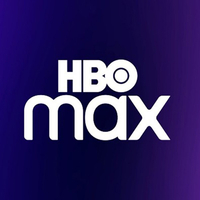The Matrix sequels at 20: Are they really that bad?
The Matrix "Reloaded" and "Revolutions" struggled to live up to the hype, but how do they look two decades later?
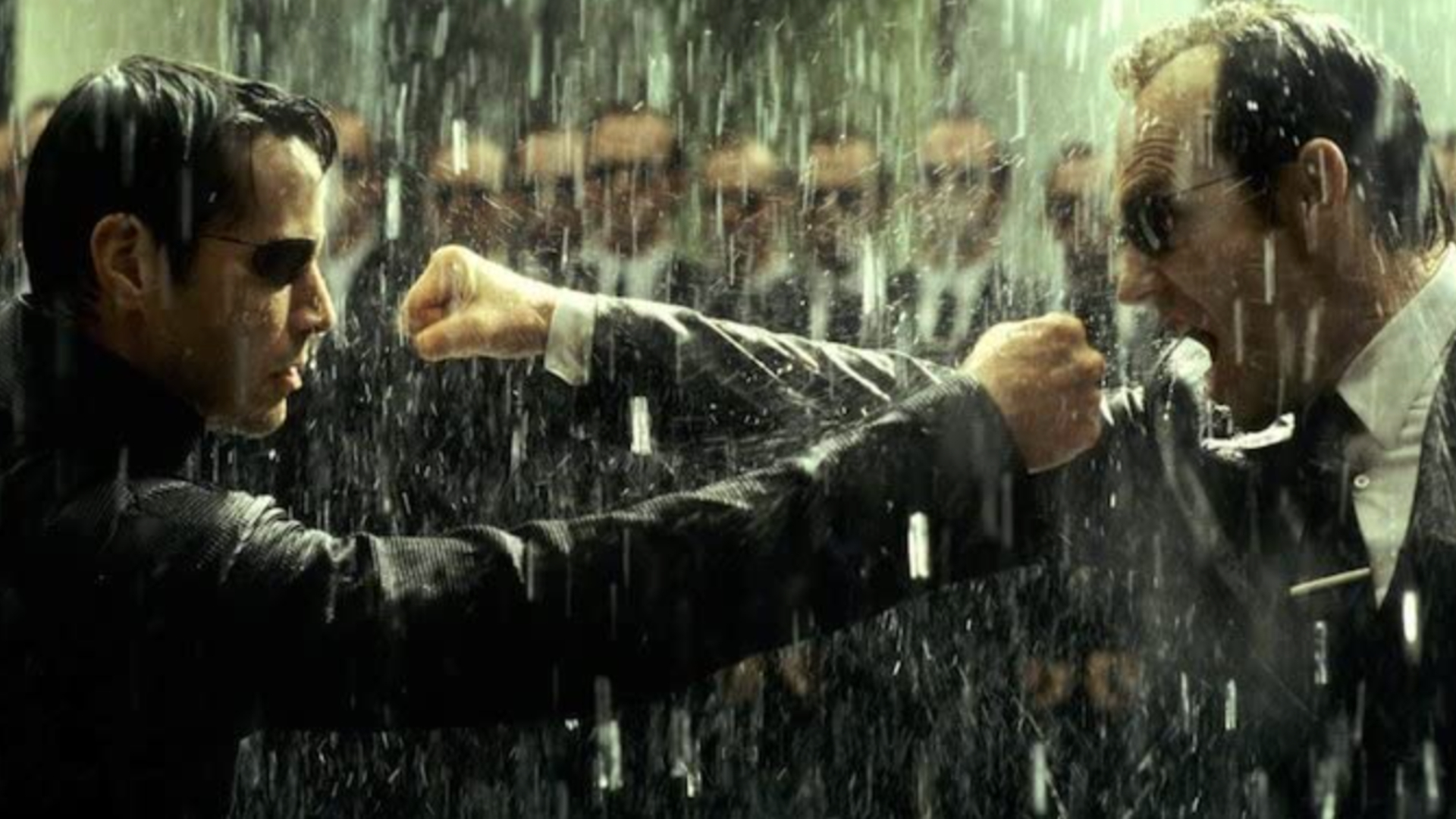
"Unfortunately, no one can be told what the Matrix is," Laurence Fishburne's Morpheus famously teased back in 1999. "You have to see it for yourself."
He wasn't just talking to Thomas 'Neo' Anderson, either, because his words helped the theater-going public buy into the considerable hype. Everything about "The Matrix" was so stylishly packaged – the impossibly cool outfits, the slow-motion kung fu, those iconic green letters and numbers – that the topic of sentient machines using the human race as batteries became one of the hottest conversations on the planet.
The rock- and dance-infused soundtrack also captured a moment, Keanu Reeves continued his run of picking unexpectedly iconic roles (see also "Speed", "Bill & Ted" and "John Wick"), and a certain Nokia cellphone became a must-have fashion accessory. And in a year that was supposed to be dominated by the "The Phantom Menace" bringing "Star Wars" back to the multiplexes, it was this movie from enigmatic creators the Wachowskis – whose only previous directing credit was low-budget crime thriller "Bound" – that left the bigger imprint on popular culture, becoming one of the best sci-fi movies of all time.
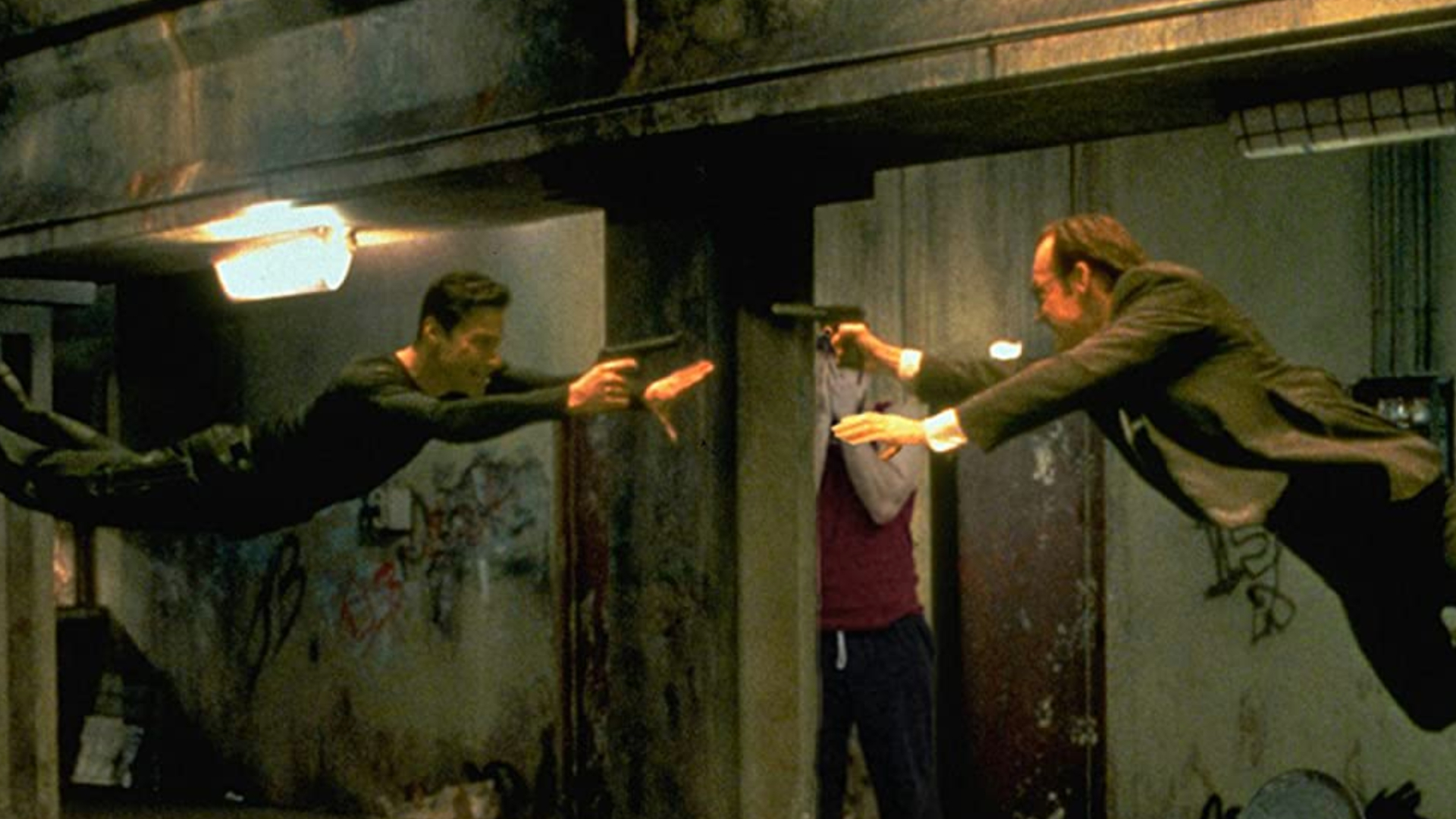
When "The Matrix"'s own sequels arrived in 2003, however, the shoe was firmly on the other foot. Like "The Phantom Menace" four years earlier, "The Matrix Reloaded" and "The Matrix Revolutions" struggled to live up to expectations. While "Reloaded" took an impressive $742 million worldwide at the box office – an incredible figure for an R-rated movie – when "Revolutions" arrived six months later, the returns had dropped off to a comparatively disappointing $427 million. No longer the hottest ticket in town, "The Matrix" was perceived as a franchise that had gone off the rails. Audiences unplugged in droves and by the end of the year "The Matrix" felt like yesterday's news. But were the sequels really that bad?
Related: The Matrix movies, ranked worst to best
From a dramatic point of view, "The Matrix" arguably never needed a sequel. In fact, when Neo told the machines, "I didn't come here to tell you how this is going to end. I came here to tell you how it's going to begin," the Wachowskis could have left us with the sort of ambiguous ending that gets debated by fans forever. But studio Warner Bros were never going to turn their backs on the (then) highest grossing movie in their history, so they gave the writer/directors a massive budget to shoot two sequels back-to-back, as well significant creative freedom.
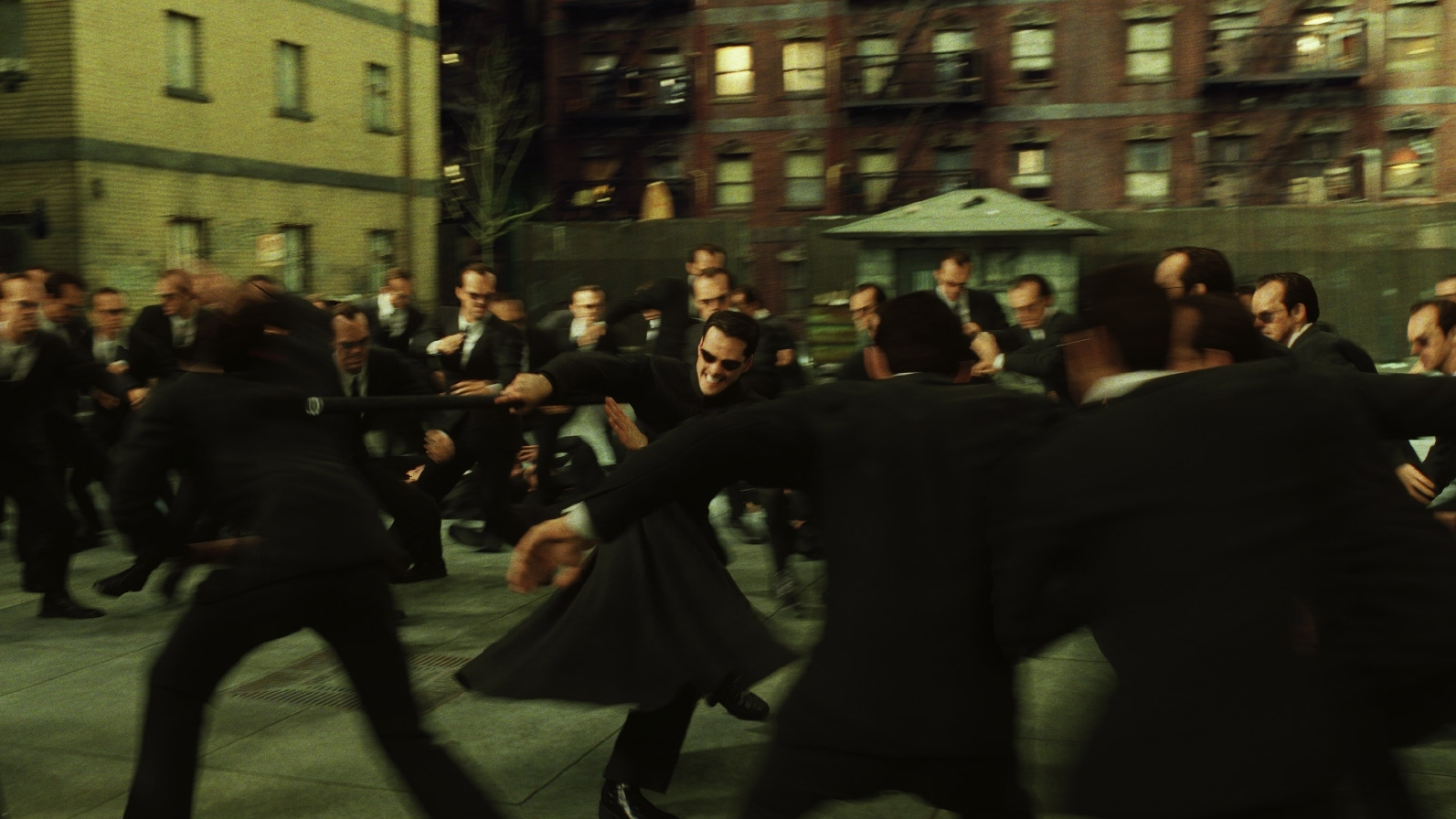
Whether any of us knew exactly what we wanted – or expected – from a Matrix follow-up is debatable, but top of the list would have been more balletic "bullet time" action. We got that in abundance in "Reloaded", on a much more epic scale that reflected the increased cash at the filmmakers' disposal. We also got to see Neo fighting multiple Agent Smiths in the so-called "Burly Brawl" and a freeway chase so ambitious that the production built their own mile-and-a-half long section of road to film it. In terms of spectacle and technical accomplishment, we couldn't have asked for more.
But in a world where bullet-time effects had become so ubiquitous that they were used in ads for hotels, everything that had once felt fresh and new had become overfamiliar. Where the original film had been applauded for bringing aspects of anime (most notably from "Ghost in the Shell") and Asian martial arts cinema to the Hollywood mainstream, "Reloaded" mostly borrowed from, well, "The Matrix".
At the same time, it made some very strange storytelling choices. It turned out that the last human city, Zion, was home to an extremely hedonistic club night, while Neo – the confused everyman protagonist of the original film – was now a fully blown superhero. Perhaps most divisively, the Philosophy 101 that had always been part of the "Matrix" equation was pushed up higher in the mix, as questions of faith, free will and destiny became all-consuming. Ergo, when the story concordantly culminated in a meeting with the Architect who spoke in riddles vis-à-vis Neo's situation, it all felt rather anticlimactic.
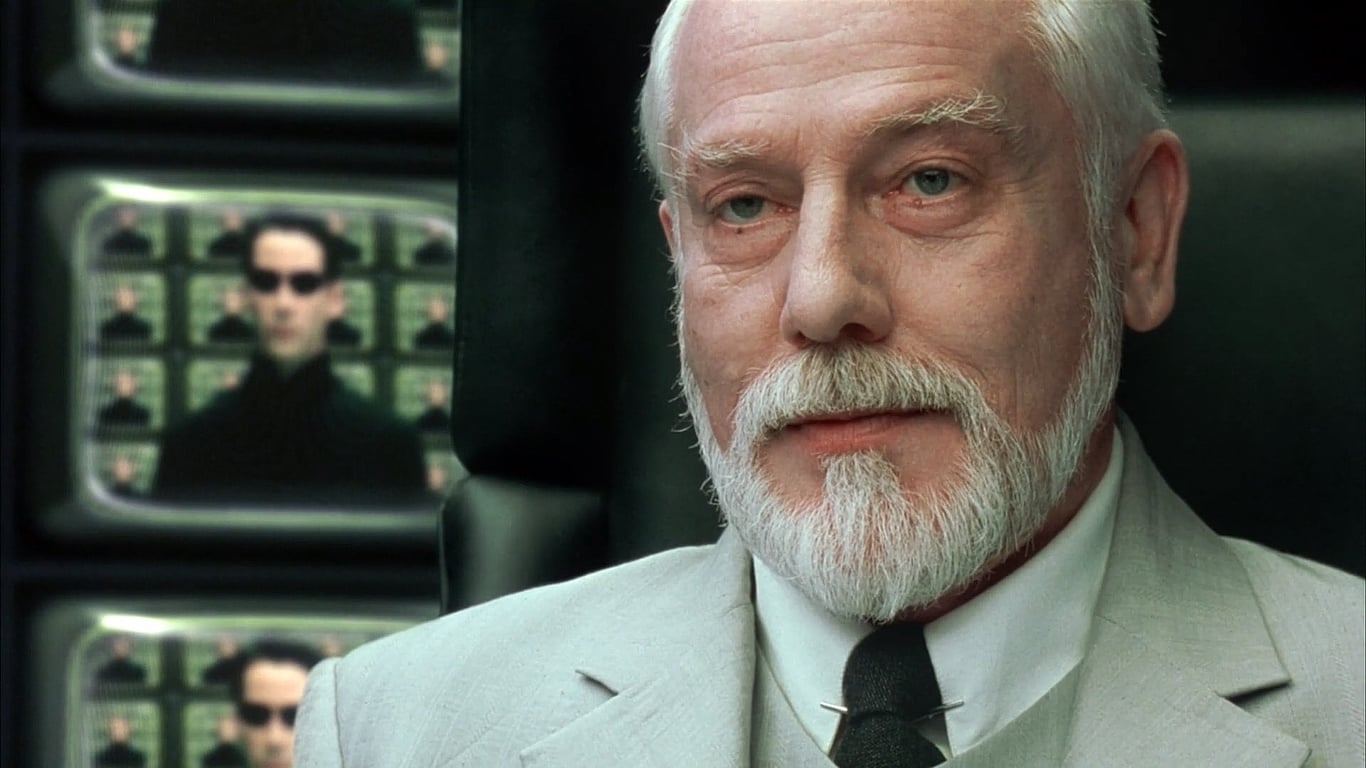
It certainly wasn't the sort of "I am your father" cliffhanger that leaves viewers clamoring to find out what happens next, though the reduced audience that came back for "Revolutions" did at least get to see something different – for better and worse.
With more time spent in the real world, much of "Revolutions" played out like a tribute to James Cameron's greatest hits, as the post-apocalyptic "real" world fused elements of "The Terminator"'s briefly glimpsed future war with souped up versions of the power loaders from "Aliens". As derivative as the machines vs humans scrap was, it did at least feel like spectacular new ground for the franchise.
Unfortunately, the trilogy never worked out to do with Agent Smith after his death-by-Neo in the first film. Every nuance of a genuinely iconic villain was excised as a vindictive rogue program became obsessed with taking over the entire Matrix. He even got to possess a human host, who blinded Neo in a brutal hovercraft fight.
Indeed, if there was one thing "The Matrix Revolutions" excelled at it was making its heroes suffer. Where modern blockbusters are reluctant to kill off their leads in case they might be needed to fulfill future contractual obligations, this trilogy closer was all about drudgery and sacrifice. With both Neo and Trinity bumped off in the name of the cause, "Revolutions" was a long way from the more optimistic, almost aspirational tone of the original movie. And yet, as Neo faced off against legions of Smith in the trilogy's climactic showdown, it became clear that in "The Matrix", there's no problem that can't be solved with a massive kung fu fight in gravity-defying slow motion.
Watch all The Matrix movies on HBO Max:
With Ads: $9.99/mo or $99.99/yr
Ad-free: $15.99/mo or $149.99/yr
See Neo's journey from beginning to end on HBO Max. They've got all four mainline movies, and even The Animatrix on there.
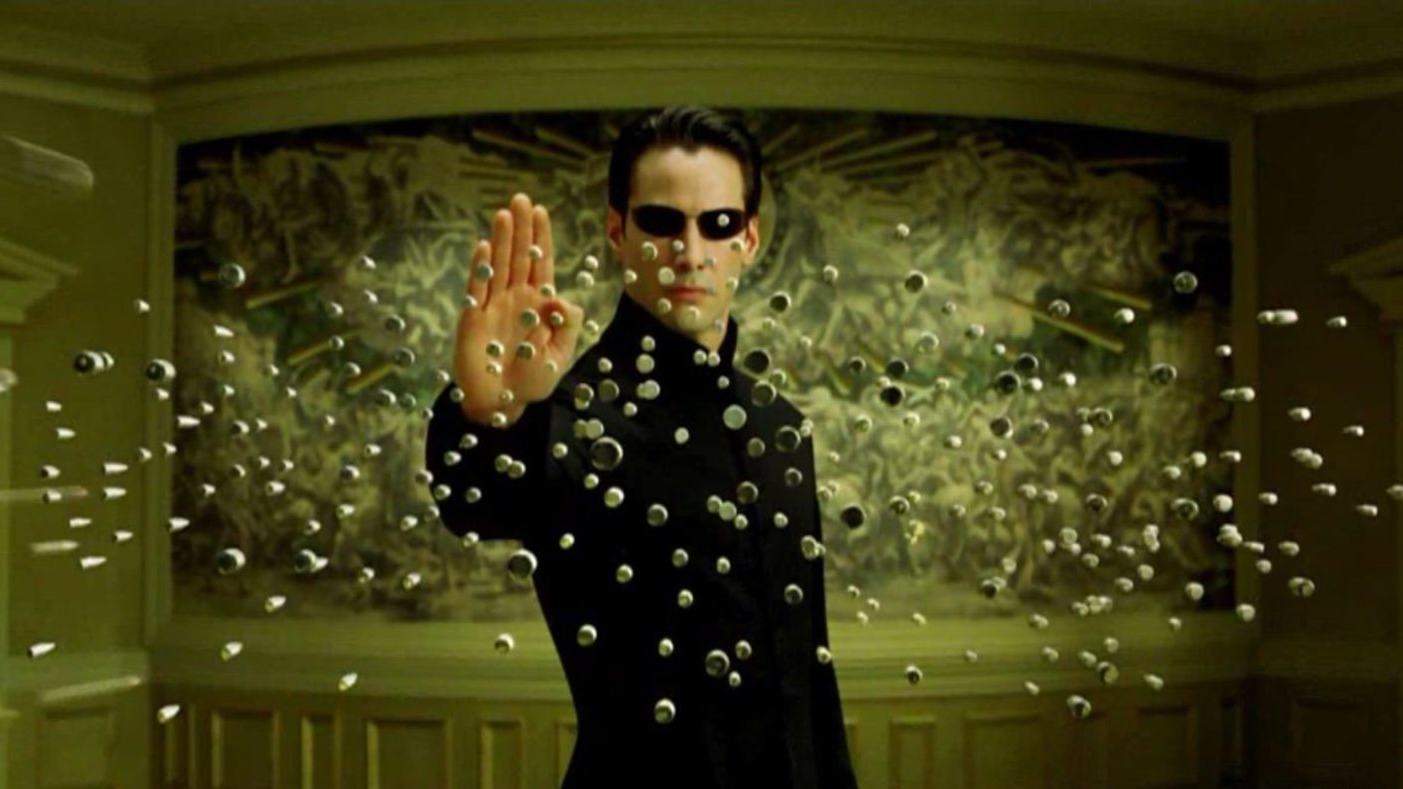
Twenty years on it's tempting to regard "Reloaded" and "Revolutions" as failures. That would be unfair, seeing as they had the near-impossible task of following up a movie that redefined a genre. Compared with other blockbusters of the era both films stand up pretty well, and on a technical level they were genuine gamechangers, laying the groundwork for the superhero action that would come to dominate Hollywood – there are numerous occasions when the Wachowskis' gift for innovation stretches slightly beyond the capabilities of the tech of the time.
Nonetheless the two films are undeniably pretentious and ripe for parody, a fact that even Lana Wachowski (writing and directing without sister Lilly) seemed to acknowledge in the more meta moments of 2021 comeback "The Matrix Resurrections". If the primary goal of a sequel is to enhance what came before, the jury's out on whether "Reloaded" and "Resurrections" succeeded. But despite – and perhaps because of – their many flaws, they remain interesting movies, and rare examples of filmmakers being given colossal budgets to craft epic blockbusters on their own terms. That's definitely not something you can say of every modern popcorn movie.
May 16 also marks the 10-year anniversary of another infamous and often maligned sci-fi sequel - Star Trek Into Darkness. Check out our article where we look at the movie that took the Kelvinverse wildly off course.
Join our Space Forums to keep talking space on the latest missions, night sky and more! And if you have a news tip, correction or comment, let us know at: community@space.com.
Get the Space.com Newsletter
Breaking space news, the latest updates on rocket launches, skywatching events and more!
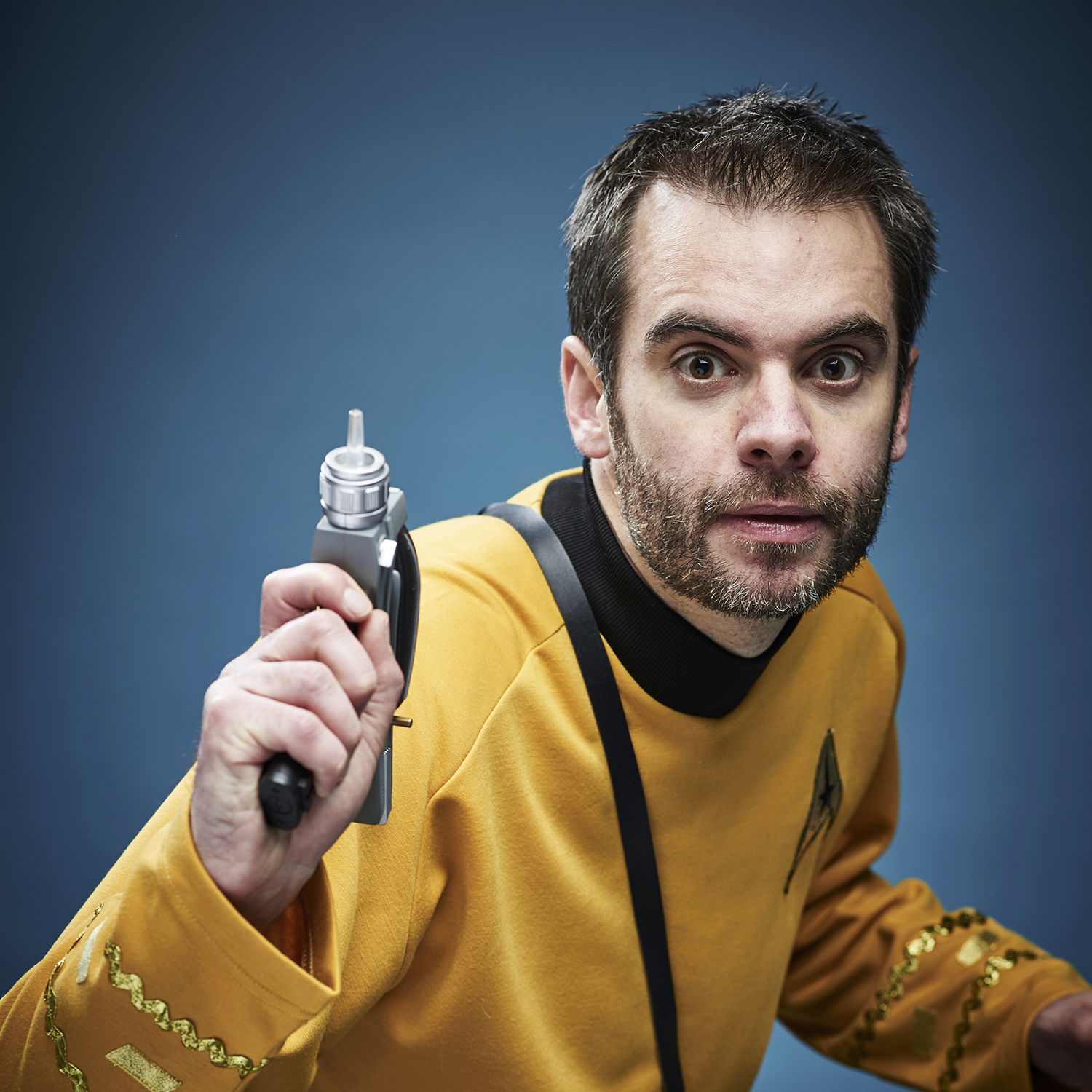
Richard's love affair with outer space started when he saw the original "Star Wars" on TV aged four, and he spent much of the ’90s watching "Star Trek”, "Babylon 5” and “The X-Files" with his mum. After studying physics at university, he became a journalist, swapped science fact for science fiction, and hit the jackpot when he joined the team at SFX, the UK's biggest sci-fi and fantasy magazine. He liked it so much he stayed there for 12 years, four of them as editor.
He's since gone freelance and passes his time writing about "Star Wars", "Star Trek" and superheroes for the likes of SFX, Total Film, TechRadar and GamesRadar+. He has met five Doctors, two Starfleet captains and one Luke Skywalker, and once sat in the cockpit of "Red Dwarf"'s Starbug.
